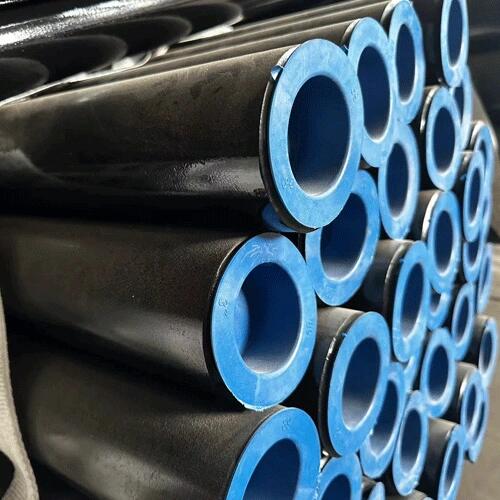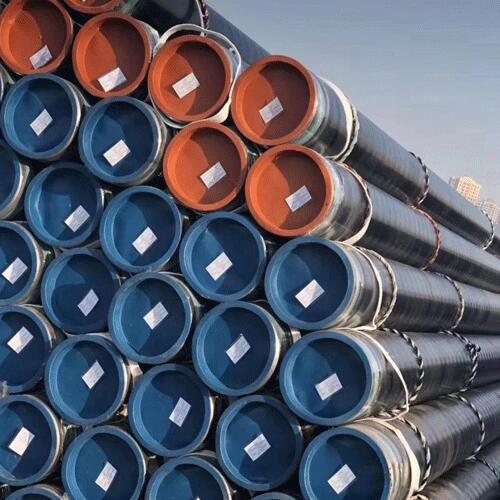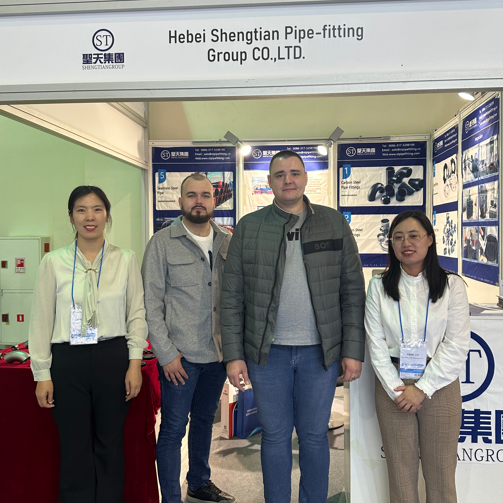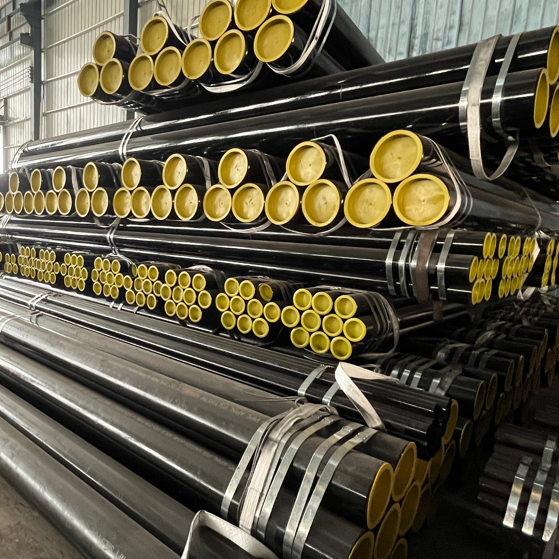EN S355 LSAW steel pipe in the offshore platform, such as high temperature and high pressure of the pressure vessel, wind pipe pile has been widely applied. Manufacturing this kind of steel pipe generally use D36 steel, S355 steel and is Z to the performance of the steel plate structure, plate thickness, larger carbon content is higher, and the high carbon equivalent, poor weldability, hardening tendency, lower the welding performance of welding joint, easy to produce cold crack, especially in the transverse cracks appear probability is larger.
After welding cracking, in addition to the necessary control measures, but also pay attention to the workpiece to repair in time. EN S355 LSAW Steel Pipe, for example that appear after welding transverse crack repair measures.
Concrete is:
1, confirm the defect
100% of all weld on UT inspection, mark the location of the crack, length, depth and direction. If the welding line are flawed, and suggest tearing up the whole article submerged arc welding seam, recommended local repair welding rod arc welding.
2, before the plane preheating
Preheat temperature is 110-170 ℃, preheat temperature detecting position of weld on both sides of not less than 150 mm, heating within range for distance defects around 500 mm.
3, air gouging
Scope of air gouging crack defects both ends to the outside, good weld outgoing air gouging between not less than 50 mm, planer slot at both ends for smooth transition, smooth transition surface and vertical line at least more than 45 °. Air gouging carbon rod should be under 60 ° Angle, will arrive in crack, especially in Angle as small as possible.
4, grinding
To have no black, polishing after surface should be smooth transition, should not have sharp deep pit.
5, PT
After cooled to a suitable temperature for penetrant testing (PT).
6, grinding
On the basis of PT testing results, grinding, polishing until no red line.
7, MT
Do after grind magnetic particle testing (MT), make sure no residual crack, otherwise should continue to be polished, until (MT) to detect the crack.
8, preheating before welding
Recommended preheating temperature is 110-170 ℃, preheat temperature detecting position of weld on both sides of not less than 150 mm, weld heating range for distance less than 500 mm.
9, welding
Carried out in accordance with the operation instruction of repair welding, the weld width is no more than 15 mm, can wend their opposites. Or can be used, welding automatic submerged arc welding process.
10, heat preservation, slow cooling after welding
11, heat treatment after welding
Heat treatment after welding is mainly diffusion hydrogen, to reduce the residual stress after welding, for larger stiffness weldment have special “hydrogen elimination processing”, “eliminating stress of heat treatment. System of heat treatment is recommended: immediately after completion of welding with ceramic electric blanket is heated to 200 ℃, the heat preservation shut electric slow cooling after 2 h.
12, after welding test
48 h after welding is complete, NDT test, in accordance with requirements to confirm qualified repair.
 Why should Seamless steel pipes be epoxy powder coated?
Why should Seamless steel pipes be epoxy powder coated?
 ASTM A106 Thick-walled steel pipe production steps
ASTM A106 Thick-walled steel pipe production steps
 Shengtian Group successfully participated in the Russian Oil and Gas Exhibition
Shengtian Group successfully participated in the Russian Oil and Gas Exhibition
 Is API 5L Black Steel Pipe Good For Air Lines?
Is API 5L Black Steel Pipe Good For Air Lines?